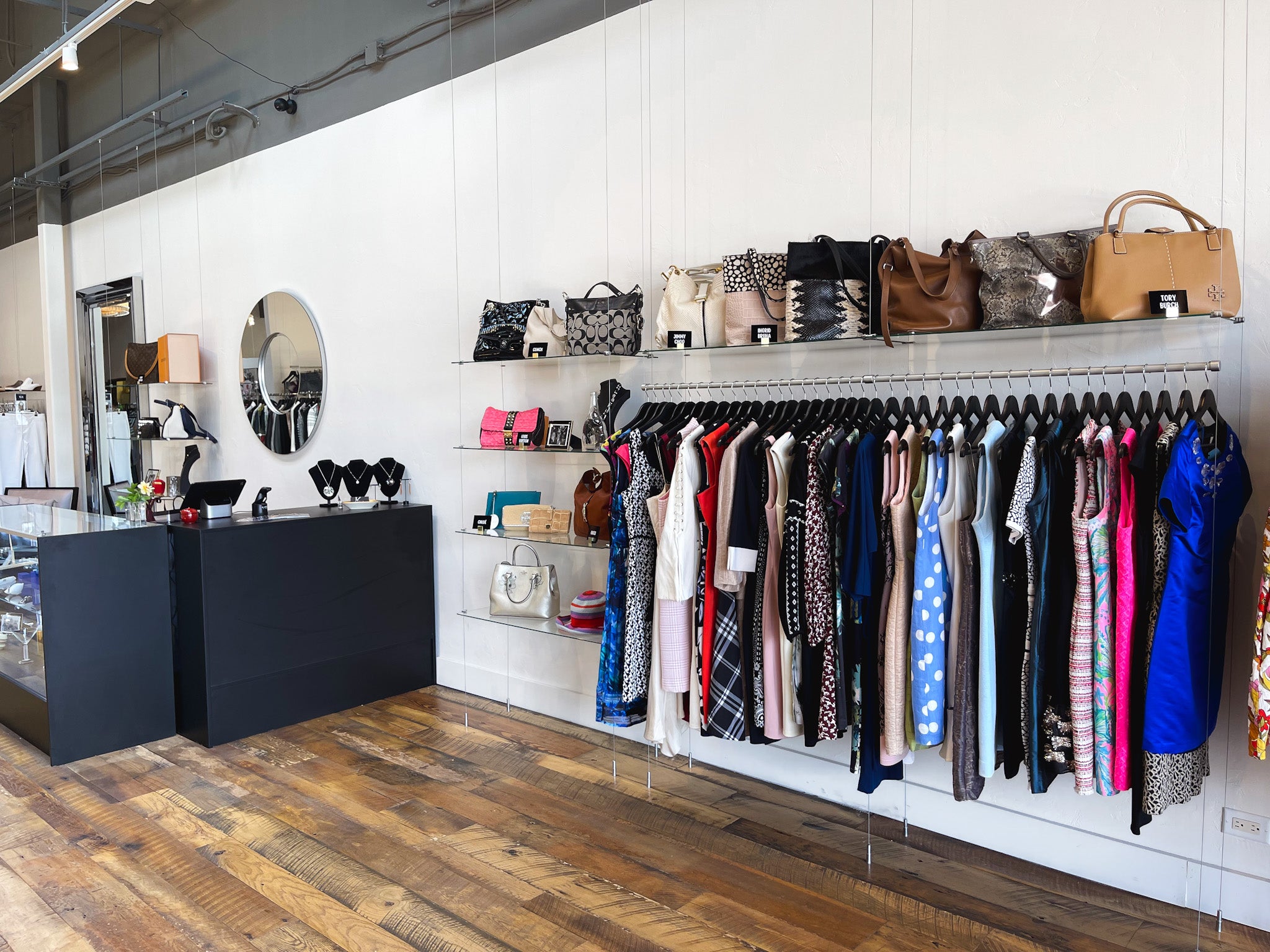Unveiling the Secrets Behind Cost Effective Boutique Fashion
Wiki Article
A Deep Dive Into the World of High-Fashion Runways: Understanding Apparel as Art
Developers, a lot like masterful artists, weave detailed narratives with textile, type, and color, testing typical standards and redefining charm criteria. As we discover these sartorial spectacles, we must consider: what function does fashion play in shaping societal values, and just how does it show the ever-changing tapestry of human emotion and identification?The Development of Runway Reveals
The trajectory of path shows has changed significantly over the decades, evolving from exclusive industry events to exciting spectacles that mix fashion with art. Commonly, path shows were intimate affairs, kept in ateliers or tiny venues, largely participated in by buyers and industry experts. These early discussions focused on the garments' workmanship and industrial stability, using a straight and practical screen of seasonal collections.As the garment industry increased, the nature of path shows began to change. The 1970s and 1980s marked a transforming factor, with developers seeking to identify themselves via more staged presentations. This age saw the surge of intricate sets, choreographed designs, and thematic narratives, heralding a brand-new age where the path became an experiential system. The programs transformed into a form of narration, where each collection communicated a distinctive narrative or principle.
Over the last few years, technology and social media have additionally reinvented runway shows, making them easily accessible to an international target market. Livestreaming and digital systems have equalized style, permitting lovers worldwide to witness these occasions in real-time (boutique fashion). This advancement reflects a broader social shift, where high-fashion runways act as a dynamic junction of technology, performance, and design
Designers as Enthusiast Artists
Designers in the high-fashion industry have actually blurred the lines between functional garment creation and the conceptual world of art. By accepting imaginative techniques such as sculpture, paint, and avant-garde installations, developers craft garments that test typical style standards and boost them to art forms.Visionary developers attract inspiration from a myriad of sources, including abstract art, historical referrals, and individual stories. They possess a special capability to envision and emerge ideas that push the limits of standard style, usually redefining aesthetic standards while doing so. This imaginative resourcefulness is showcased with dramatic shapes, cutting-edge materials, and complex craftsmanship, which welcome visitors to experience style as more than simply wearable things.
Additionally, the path acts as a canvas for these musicians, where illumination, music, and established style coalesce to develop immersive experiences. These discussions are not merely displays of clothing yet are managed efficiencies that evoke emotion and provoke idea, affirming the designer's function as a real artist in the contemporary cultural landscape.
Social Impacts in Fashion
Cultural tapestry weaves its intricate patterns into the textile of style, influencing designers globally. The dynamic interchange of social tales, traditions, and symbols notifies and influences collections that poise high-fashion runways. Developers thoroughly attract from their heritage or engage with cultures distinct from their very own, crafting garments that function as visual stories. This cultural discussion not only improves the aesthetic variety however additionally fosters a deeper understanding and appreciation of global identities.The impact of culture on style is commonly seen in the reinterpretation of traditional garments and patterns. For example, making use of Japanese bathrobes, Indian saris, or African prints in contemporary style mirrors a mix of cultural authenticity and modern visual appeals. Developers such as Valentino's Pierpaolo Piccioli and Alexander McQueen's Sarah Burton have been known to include rich social motifs into their couture collections, equating background into wearable art.

Technology in Fabric and Design
Development in fabric and design continually reshapes the landscape of high-fashion, pushing borders and redefining possibilities. Designers are significantly discovering the combination of innovation, such as 3D printing, which allows for the creation of intricate frameworks that were formerly unthinkable.The fashion market you can try these out is witnessing a surge in the use of eco-friendly materials, derived from recycled plastics, natural fibers, and also eco-friendly parts. Developers are welcoming these products to craft garments that are both visually striking and mindful of their ecological impact.
In regards to design, speculative forms and progressive silhouettes are continuously transforming the path. By including unique materials and cutting-edge techniques, developers grow garments that blur the line between fashion and art, setting new criteria for creativity and expression in the high-fashion ball.
Influence of Style on Society
Style wields a profound impact on culture, offering as both a reflection of cultural identity and a driver for social modification (boutique fashion). Through its evolution, style has mirrored social changes, enveloping the zeitgeist of numerous ages.Furthermore, style has the power to bridge social spaces, fostering understanding and gratitude amongst diverse teams. As globalisation increases, the cross-cultural exchange of fashion ideas becomes significantly considerable, advertising inclusivity and diversity. The increase of streetwear, originating from urban subcultures, illustrates exactly how style can transcend socio-economic borders, providing people a way of self-expression and empowerment.
In essence, style is not simply concerning looks; it is a vibrant force that influences worths, mindsets, and societal progression (boutique fashion). By continuously connecting with cultural and social currents, style stays an integral component of the cumulative human experience

Verdict
this contact form High-fashion runways serve as vibrant sectors where apparel goes beyond capability to end up being an expressive art kind. Designers, comparable to visionary artists, manage collections that reflect identification, emotion, and social narratives, challenging standard appearances. The fusion of cutting-edge material and layout, paired with sophisticated set layouts, lighting, and music, creates immersive experiences that commemorate multiculturalism. This intersection of style and artistry not only captivates target markets globally yet also affects societal understandings and promotes a much deeper recognition for social variety.
Cultural tapestry weaves its elaborate patterns right into the textile of style, influencing designers around the world.Style possesses a profound impact on society, serving as both a reflection of social identity and a driver for social adjustment.
Report this wiki page